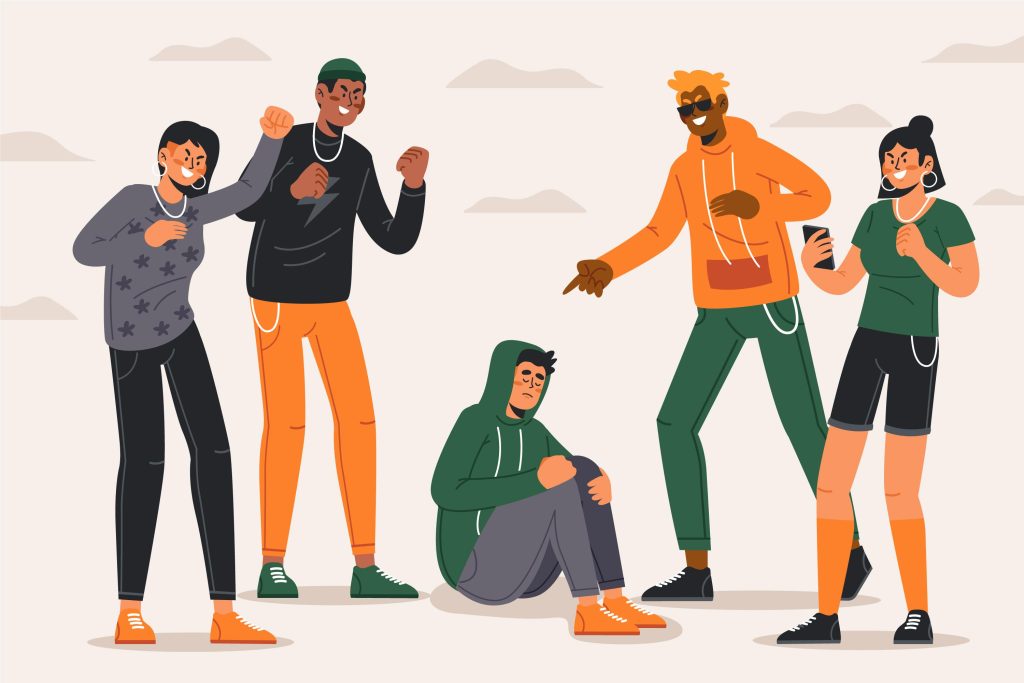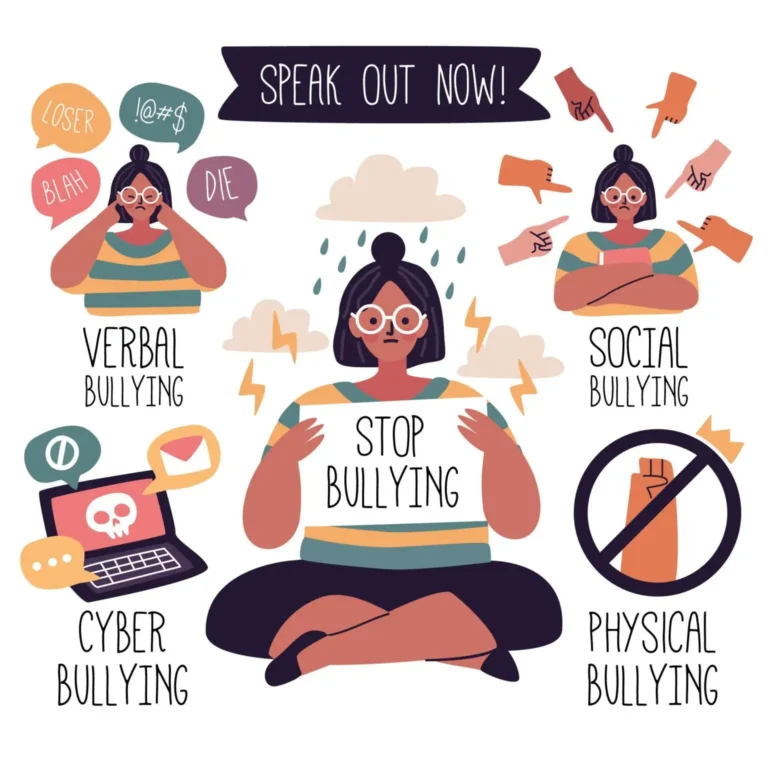Bullying at school has always been a problem. Many people consider it to be “part of life, but the number of violent assaults that bullying causes have given our community a wake-up call that bullying is a sign of a broken social structure.
Children who are kind and authentic, express their thoughts and feelings, and stand up for themselves are respected by their peers. However, some kids may still bully a child even if they are pleasant and genuine. As a result, many kids will show up to school every day feeling terrified, angry, and helpless. Bullying also has a negative boomerang effect on the bully, who also experiences pain. What are the types and features of this harrowing behavior?
Different Types Bullying
Many people still believe that name calling and physical bullying are the only types of bullying. However, researchers have found out that there is much more than meets the eye. There are different types of bullying which include everything from excluding and gossiping to making fun of someone’s race and/or religion.
Physical
The most obvious type of bullying. It is when a person uses physical power to control or intimidate someone else. Physical actions can include punching, kicking, slapping, shoving, hair-pulling, and other physical attacks. Again, it is the most obvious type of bullying which means that it can be easily identified, and because of this, it has received more attention in schools than other forms of bullying.
Verbal
Verbal bullying is when someone uses words, statements, and name-calling to control or intimidate their target. These can include insults that are meant to belittle, demean, and hurt another person. The victims are chosen because of their looks, how they act, and/or behave. It’s not uncommon for special needs kids to be the targets of this sort of bullying. This type of bullying is done when there are no adults around and as a result, it is the case of one person’s word against the other. Verbal bullying is usually ignored by adults, but it should be taken seriously as it can leave deep emotional scars.
Cyberbullying
It is when a person uses the internet or other technologies to embarrass, harass, and threaten another person. In case the bully is an adult, this kind of bullying is called cyberstalking or cyber-harassment. Posting hurtful pictures, threatening a person on the internet, and sending harmful texts or emails are just some examples of cyberbullying. With the advancement of technology, cyberbullying is increasing around the world because bullies can harass people with much less risk of being caught.
Social bullying
This form of bullying is designed to hurt a person’s social image and reputation and cause them humiliation and is often carried out behind the bullied person’s back. Some examples of this type of bullying include:
- Spreading rumors by lying about a person
- Rude physical gestures
- Embarrassing and humiliating
- Mimicking unkindly
- Encouraging others to exclude someone
- Hurting a person’s social reputation and image

The range of bullying
The following bullying continuum shows how bullying and harassing acts escalate over time from amusing conversations and social joking to scathing joking and beyond.
- Menacing body language
- Aggressive physical actions like shoving, pushing, and kicking
- Malicious rumors, like cyberbullying
- Harassment based on gender, race, or religion
- Social exclusion, whether it be in person or online
- Hazing
- Extortion and bribes
- Phone and cyberbullying
- Destruction of property
- Weapons use
- Physical violence
- Criminal activity

How do bullying relationships develop?
Some kids use bullying to abuse their power repeatedly. At the beginning of the year, bullies may go shopping in search of potential targets. The target may face several bullies, or the bullying may last for months or even years with the same parties. Some kids are consistently picked on, while others bully other kids repeatedly. Depending on the circumstance, some kids will alternate between being the target and the bully.
Bullies might be kind in the classroom but cruel on the playground. The bully could be a friend or a member of the target’s social group. The group can extend an invitation to the target, drive them away from good friends, and then reject their request to join.
Sometimes neither party likes this cold-blooded game, but they lack the knowledge necessary to alter, stop, or eliminate this vicious circle. Some bullies are unaware of what they are doing. Whether they have a malicious purpose or not, they have the potential to cause serious damage and destruction.
Bullies like picking on kids who aren’t part of a close-knit social group. Bullies are secretly scared of being shunned by the tribe, and children who don’t fit in with a group remind them of their anxieties. Many targets are more reclusive in social situations, struggle with social issues, are more alone, and lack a support system.
Other children often don’t know how to help the target of bullying because they don’t have close contact with the target or are afraid of reprisals. A single best friend is not enough to deter the typical bully. When the victim has many close friends, the bully must face their support network and frequently gives up.
Most bullying at school takes place in front of peers, spectators, or bystanders, much like the football crowd or the people at a theater. Some bullies are well-liked and possess strong leadership qualities. They can control a crowd and have the backing of their pals.
Bullying worsens if the peer group laughs, approves, conspires, or works with the bully. The group may allow the bully to manipulate them. Witnesses, students, and bystanders may deny bullying in front of a teacher and defend the bully. However, bullying behavior diminishes if the peer group confronts the bully and denounces their actions. To stay in the group, bullies are forced to modify their conduct.
Bystanders need to be taught how to intervene fairly and responsibly in bullying situations at school. Students should ask for and demand help from their friends, or choose new, better friends.






